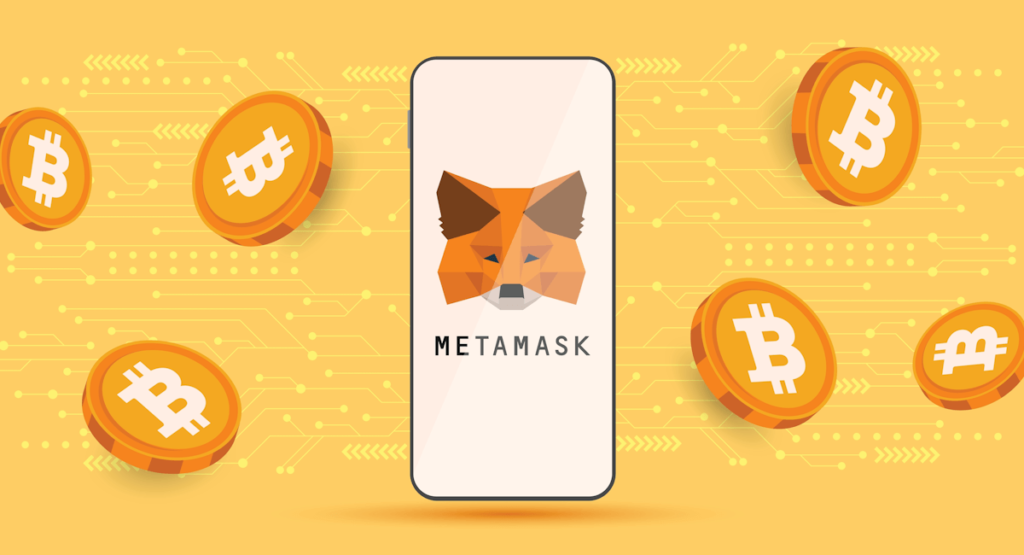In the world of cryptocurrencies, one of the most crucial components is the crypto wallet. Just as a physical wallet stores your cash and cards, a crypto wallet securely stores your digital assets, enabling you to manage your cryptocurrencies effectively metamask extension. However, unlike traditional wallets, crypto wallets come with various types, features, and security measures that are vital to understand for both novice and experienced users. In this article, we will explore what a crypto wallet is, the different types, how they work, and best practices for securing your assets.
What is a Crypto Wallet?
A crypto wallet is a tool that allows you to store, send, and receive cryptocurrencies like Bitcoin, Ethereum, and others. It doesn’t technically “store” your crypto, but rather, it holds the private keys required to access the blockchain. These keys allow you to authorize transactions, ensuring that only you can access and manage your assets.
The crypto wallet interacts with the blockchain to validate and process transactions. It can be a software application, a hardware device, or even a piece of paper with private keys printed on it.
Types of Crypto Wallets
Crypto wallets come in a variety of forms, each offering different levels of convenience and security. Broadly, wallets are classified into two categories:
- Hot Wallets (Online Wallets):
- Description: Hot wallets are connected to the internet, making them more accessible for frequent trading or use.
- Types: These wallets can be software-based and come in the form of desktop applications, mobile apps, or web-based wallets.
- Pros: Easy to use, quick access to funds, convenient for daily transactions.
- Cons: More vulnerable to cyber-attacks, hacking, and malware due to their constant connection to the internet.
- Examples: MetaMask, Coinbase Wallet, Trust Wallet, and Blockchain Wallet.
- Cold Wallets (Offline Wallets):
- Description: Cold wallets are offline storage options that provide better security by keeping your private keys away from the internet.
- Types: These include hardware wallets and paper wallets.
- Pros: Highly secure against hacks and theft, suitable for long-term storage of large amounts of crypto.
- Cons: Less convenient for frequent transactions, may require physical access to the device.
- Examples: Ledger Nano S, Trezor, and paper wallets.
How Crypto Wallets Work
Crypto wallets operate by generating a pair of cryptographic keys: a public key and a private key. The public key is used as an address to receive cryptocurrencies, and the private key is used to sign and verify transactions, proving ownership of the digital assets.
- Public Key: Think of this as your bank account number. You can share it with anyone who wants to send you crypto.
- Private Key: This is your password. Only you should have access to it. If someone gains access to your private key, they can steal your assets.
Crypto wallets don’t store your coins directly. Instead, they store the private keys, which are needed to access your coins on the blockchain.
Security and Best Practices
While crypto wallets provide a layer of security, the responsibility of securing your assets rests heavily on you. Here are some essential tips for protecting your digital assets:
- Use Strong Passwords: Always use a strong, unique password for your wallet to prevent unauthorized access.
- Enable Two-Factor Authentication (2FA): Many wallets offer 2FA as an additional layer of security. This requires you to input a code sent to your phone or email, in addition to your password, to complete a transaction.
- Backup Your Wallet: Ensure that you have a secure backup of your private keys or recovery seed. This will allow you to restore your wallet if your device is lost or stolen.
- Avoid Phishing Scams: Be cautious of emails, messages, or websites that try to trick you into revealing your private key or login credentials.
- Use Cold Storage for Long-Term Assets: If you’re storing a large amount of cryptocurrency, consider using a hardware wallet or a paper wallet to protect your assets from online threats.
- Update Regularly: Keep your software and wallet apps updated to benefit from the latest security features and bug fixes.
Choosing the Right Wallet
When choosing a crypto wallet, consider the following factors:
- Security: Does the wallet offer features like encryption, 2FA, and backup options?
- Ease of Use: Is the wallet interface user-friendly and suitable for your experience level?
- Supported Coins: Does the wallet support the cryptocurrencies you want to store or trade?
- Platform Compatibility: Is the wallet compatible with your device, whether it’s a desktop, mobile, or hardware device?
- Reputation: Check reviews and the wallet provider’s history. Trustworthy, well-established wallets are generally safer.
Conclusion
Crypto wallets are essential tools in the world of cryptocurrency, providing the security and accessibility needed to manage digital assets. Whether you choose a hot wallet for convenience or a cold wallet for long-term security, understanding how crypto wallets work and adopting best practices for their use will ensure that your digital assets are safe from theft and loss.
